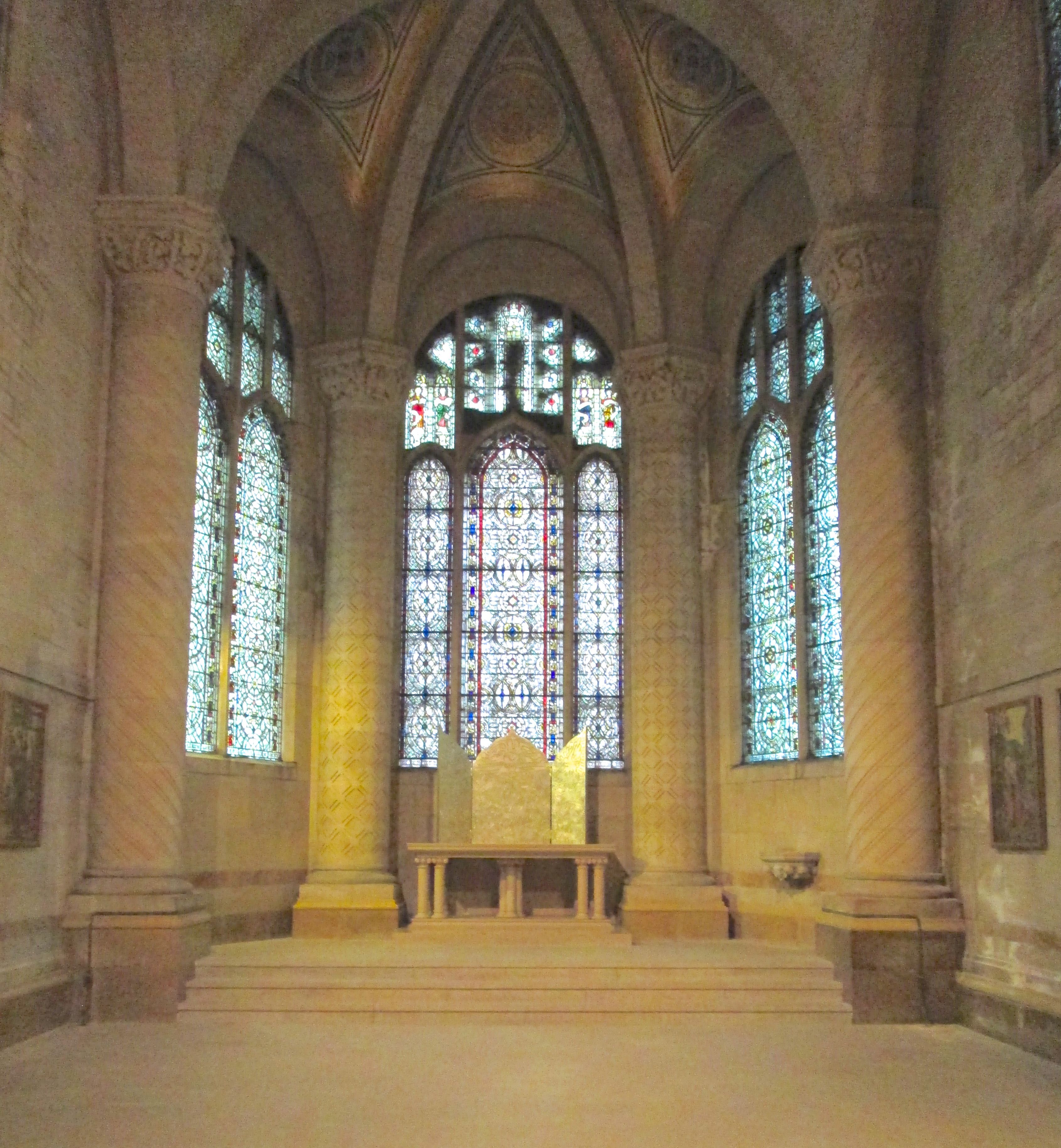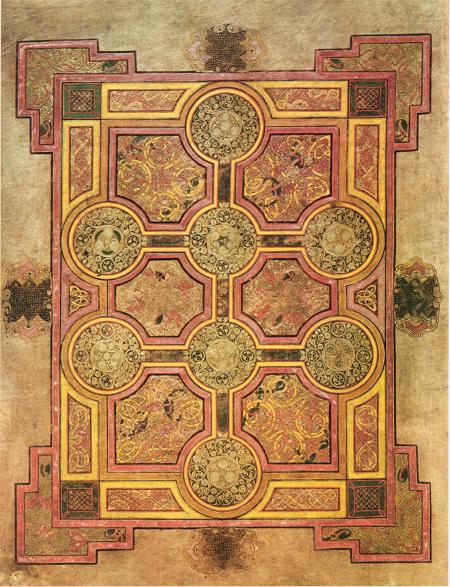
LIFE AS MYTH
![]()
JOURNAL
![]()
JOURNAL 2013
A living myth
Seven year cycles
![]()
WINTER 2013
A living faith
The chapels of the seven tongues
![]()
LIFEWORKS
![]()
ATLAS
![]()

WINTER 2013
THE CHAPEL OF SAINT COLUMBA
Examine it carefully, and you will penetrate to the very shrine of art. You will make out intricacies so delicate and subtle, so concise and compact, so full of knots and links, with colors so fresh and vivid, that you might think all this was the work of an angel, not a man.
12th C. commentary on The Book of Columba also known as The Book of KellsThe chapel of Saint Columba bears the name of the Irish mystic and saint noted for his extensive missionary work throughout Ireland, Scotland and England. History credits him with the founding of the famous monastery on Iona and the original founding of The Abbey of Kells. Much of what is known about the saint comes from Vita Columbae by ninth century abbot Adomnan. Vita Columbae spans three different books, covering Columba's prophecies, miracles and apparitions. Saint Columba is the patron saint of Ireland and Scotland as well as bookbinders and poets. His feast day is June 9.
Completed in 1911, the architects for The chapel of Saint Columba were Heins and LaFarge, the original design partnership for the cathedral proper. The chapel is Norman/Romanesque in style with echoes of architectural features found in Durham Cathedral (United Kingdom). The Cathedral of Saint John the Divine has dedicated this space to peoples of Celtic and English descent.
The chapel of Saint Columba, The chapels of the seven tongues, New York, New York. 2013;
A detail from a stained glass window
A carpet page. The Book of Kells. Trinity College, Dublin. ca. 800 AD. Carpet pages are one of the distinctive traits of insular illuminated manuscripts. Traditionally placed at the beginning of each Gospel, these designs feature vibrant color and complex geometric patterns. Their primary inspiration is the oriental carpets from the period, hence the name 'carpet page'. The earliest surviving example is the Bobbio Orosius which dates from the 7th Century.
THE BOOK OF COLUMBA
The Book of Kells, also known as The Book of Columba, is an illuminated manuscript containing the Four Gospels (Matthew, Mark, Luke and John) in Latin. It is a masterwork of western calligraphy and insular illustration. Insular art (island) was a style unique to Britain and Ireland, originating out of Irish monasticism.
The famous manuscript derives its name from the Abbey of Kells. First founded by Saint Columba in 554 AD, the abbey became a refuge for monks fleeing the Viking raids of Iona. It is possible that the monks began the transcription in Iona and completed it at the Abbey of Kells several generations later. Viking raids continued at the abbey and in 1006 The Book of Kells was stolen. Two months later the abbey recovered the book, now missing its front and back covers and the first and last illustrations.
Since 1953 The Book of Kells has been bound in four volumes. It is on permanent display at the Trinity College Library of Dublin and one of Ireland's finest national treasure.


